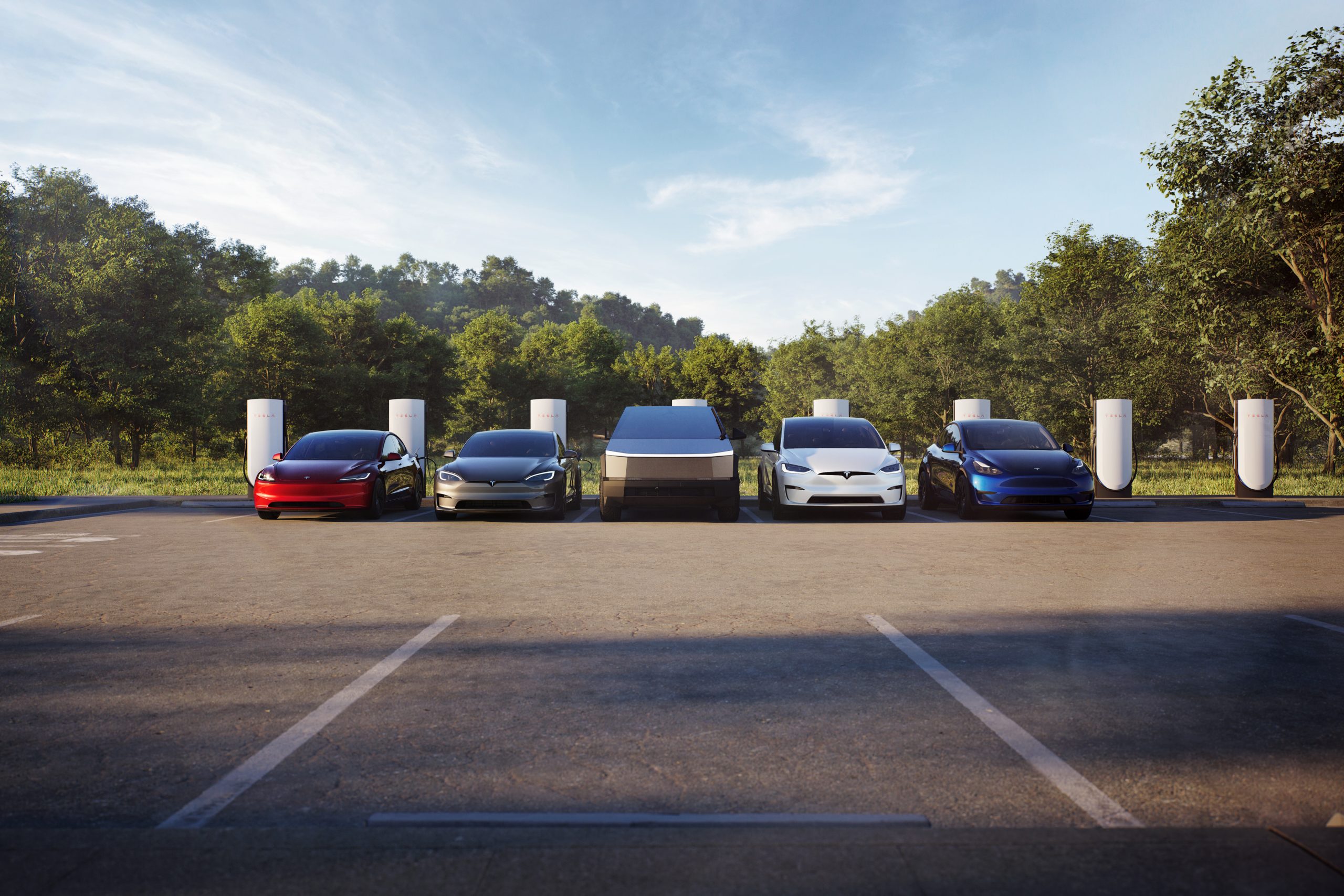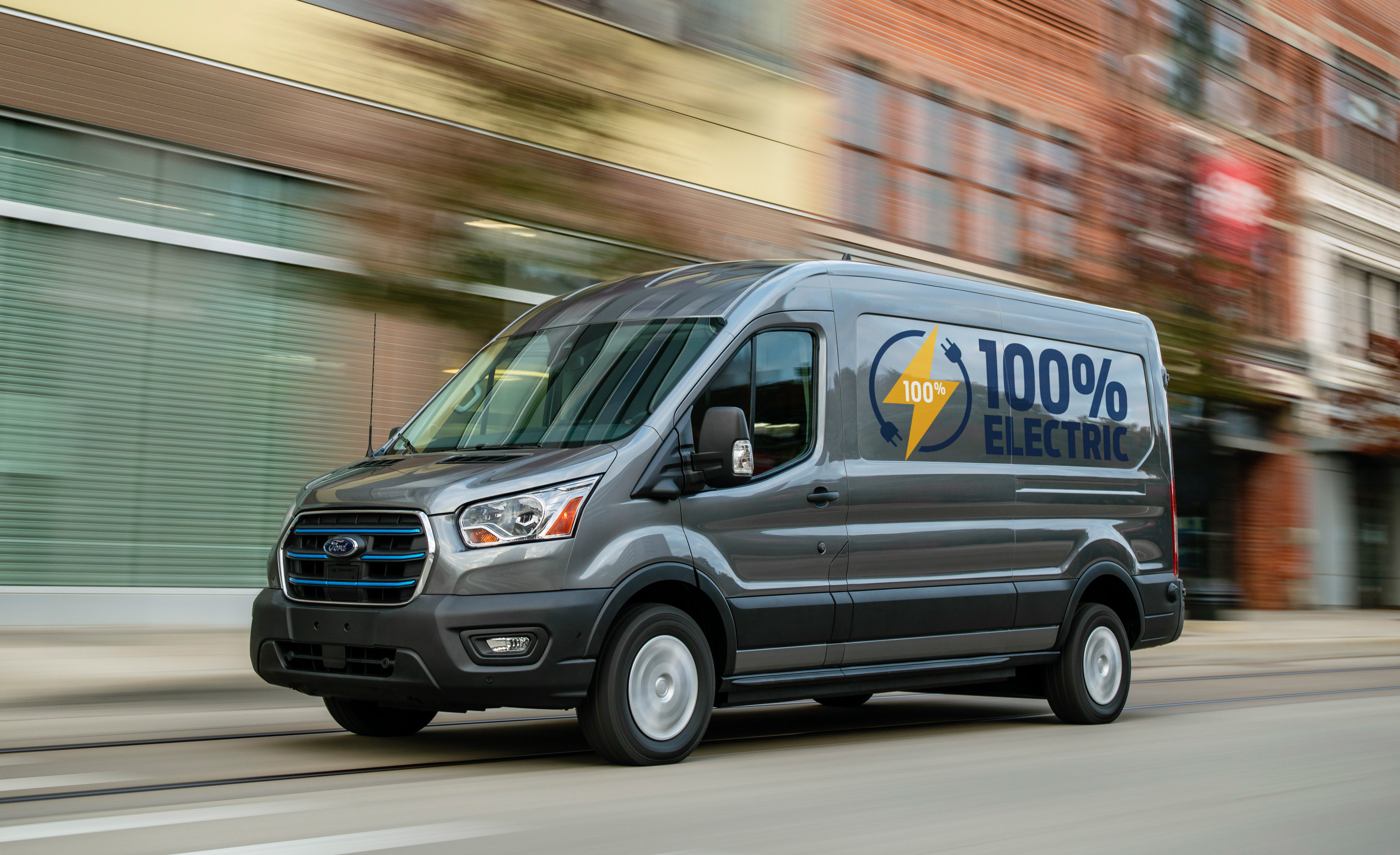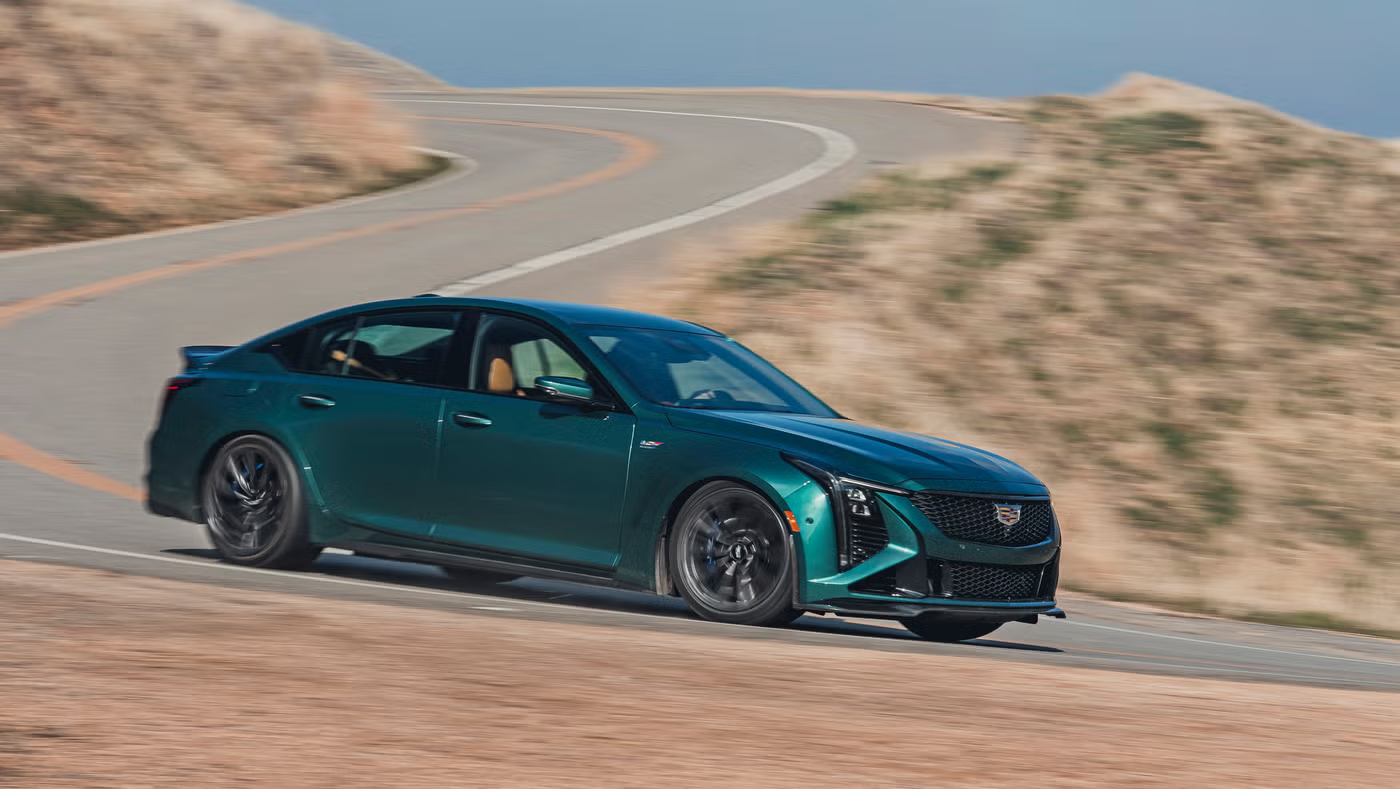Tesla Gains New Leverage with Texas Incentive After Federal Tax Credit Loss
Reports on manufacturing, labor and earnings with clear, practical context. Drives a Tesla Model 3 RWD; family hauler is a Volvo XC60.
Tesla is navigating a shift in the electric vehicle market landscape as a new incentive program in Texas emerges just in time to counterbalance the recent loss of the federal $7,500 EV tax credit. The state’s initiative, which launched on October 13, offers up to $2,500 for electric or hydrogen fuel cell vehicle purchases or leases, positioning Tesla to potentially benefit significantly from this regional support.
The introduction of the Light-Duty Motor Vehicle Purchase or Lease Incentive Program (LDPLIP) by the Texas Commission on Environmental Quality comes at a critical juncture for electric vehicle manufacturers like Tesla. With the federal EV tax credit no longer applicable, the state-level incentive offers a much-needed financial reprieve for consumers looking to invest in environmentally friendly vehicles. The program is designed to encourage the adoption of new energy vehicles by providing grants to individuals or entities purchasing or leasing eligible vehicles. To qualify, applicants must have completed the purchase or lease after September 1, 2025, and must register the vehicle in Texas for at least a year.
Tesla's full lineup, including the highly anticipated Cybertruck models and the popular Model 3 and Model Y variants, qualifies for these grants, providing a substantial boost for the company in the Texas market. This eligibility was confirmed shortly after Tesla's latest vehicle releases, aligning perfectly with the timing of the new incentive program. As the program is awarded on a first-come, first-served basis, Tesla's ability to meet demand efficiently could enhance its competitive edge in this region.
The strategic importance of state-level incentives cannot be overstated, especially as federal support diminishes. For Tesla, the timing of this program is pivotal as it strives to maintain momentum in the EV market. The transition from federal to state incentives represents a broader trend where local governments are stepping in to support the green transition. This shift underscores the importance of regional policies in driving consumer behavior and supporting manufacturers' market strategies.
While Tesla stands to gain from Texas's initiative, the broader implications for the EV industry are significant. The program not only relieves some financial pressure on consumers but also reinforces the state's commitment to reducing emissions and supporting green technology. As more states consider similar incentives, there is potential for a patchwork system of local support that could either enhance or complicate the national EV strategy.
In this evolving landscape, Tesla's ability to adapt and capitalize on state-level incentives will be crucial. The company’s strategic focus on aligning its product offerings with available incentives demonstrates its agility in navigating policy changes. As the federal landscape shifts, Tesla and other manufacturers must increasingly rely on local programs to sustain growth and consumer interest.
Looking ahead, the success of programs like Texas’s LDPLIP could influence other states to adopt similar measures, potentially leading to a more decentralized but robust support system for EVs nationwide. As Tesla continues to innovate and expand its product lineup, the interplay between state policies and market dynamics will likely shape the trajectory of the EV industry in the coming years.
About Priya Nair
Reports on manufacturing, labor and earnings with clear, practical context. Drives a Tesla Model 3 RWD; family hauler is a Volvo XC60.



